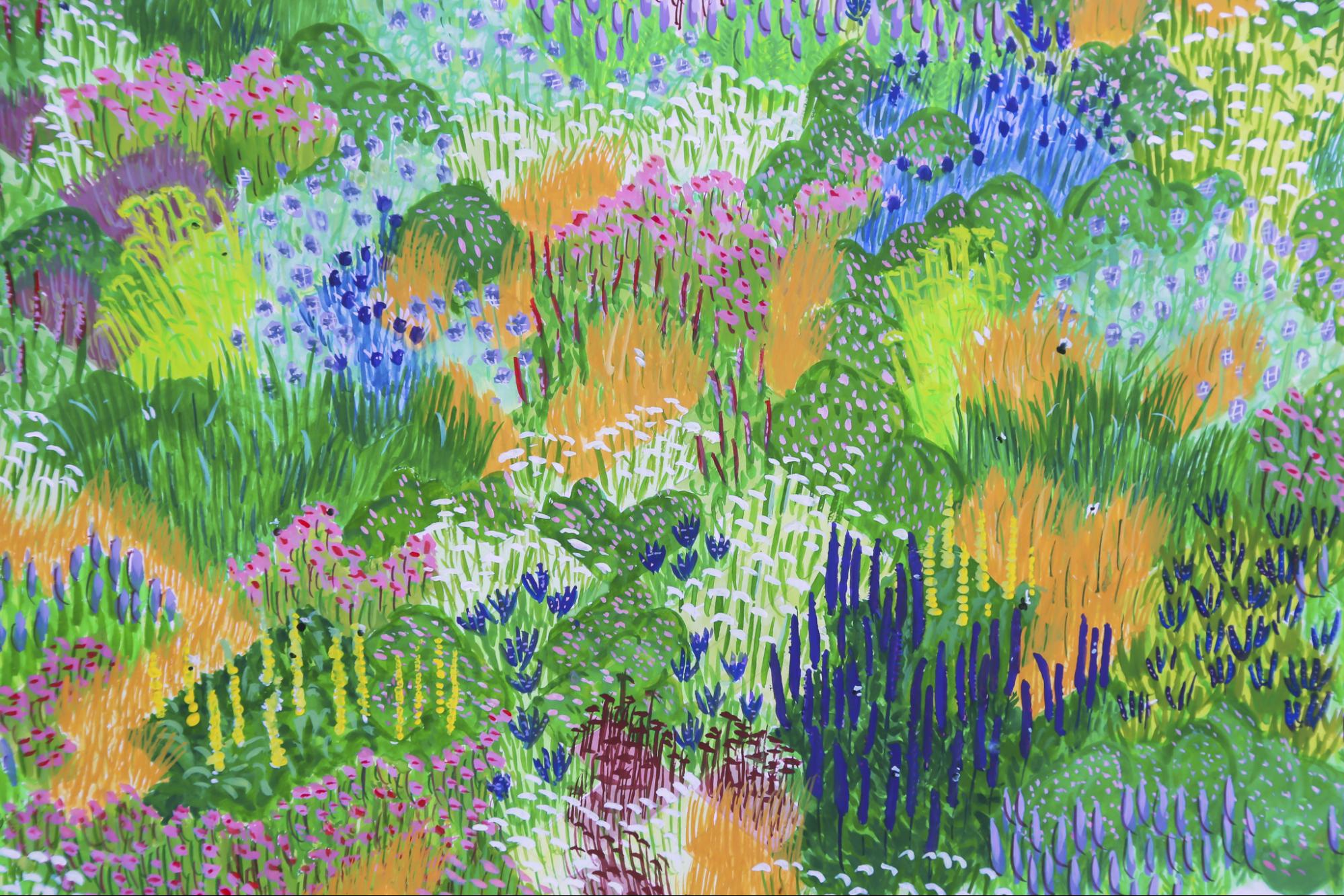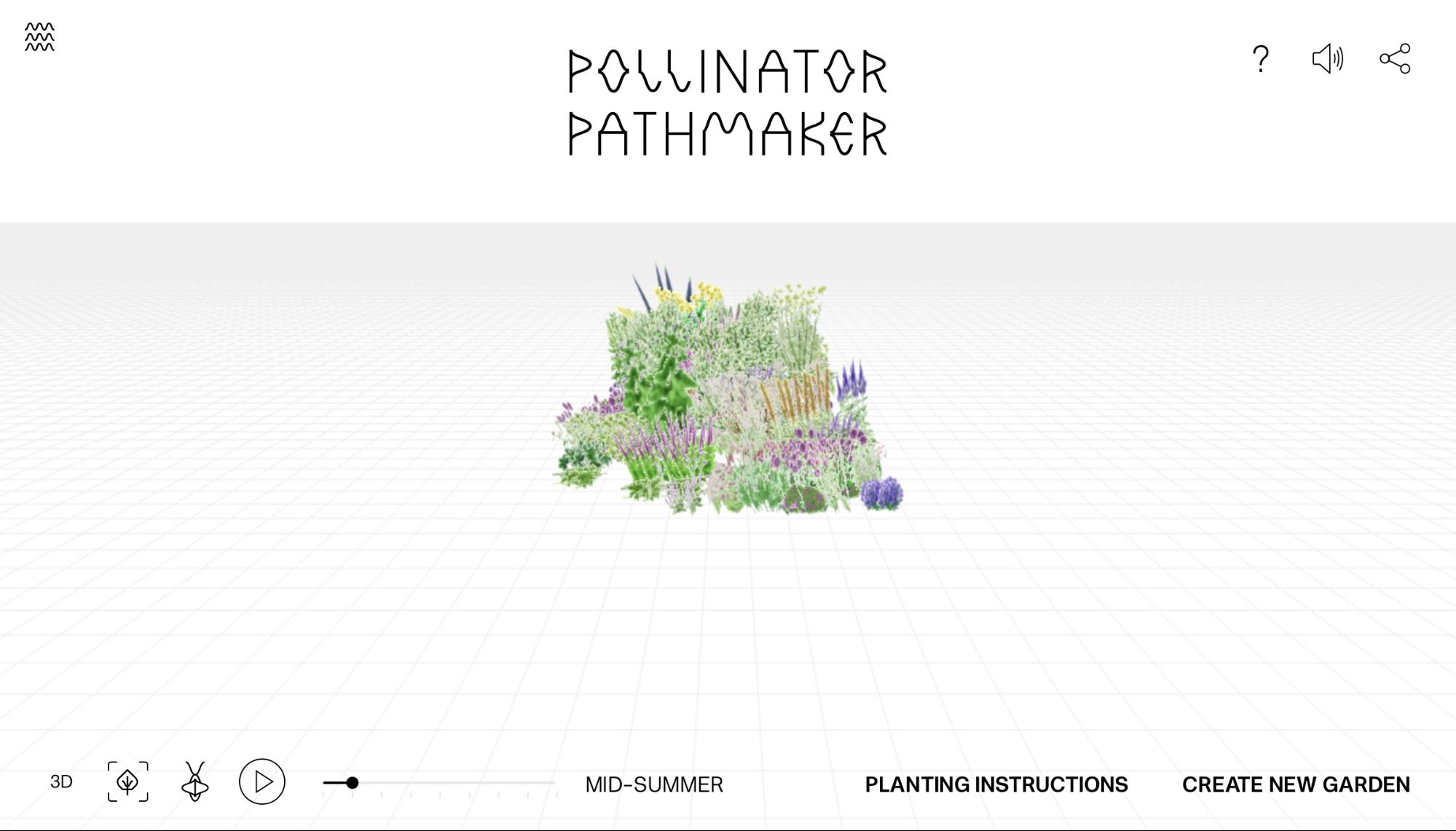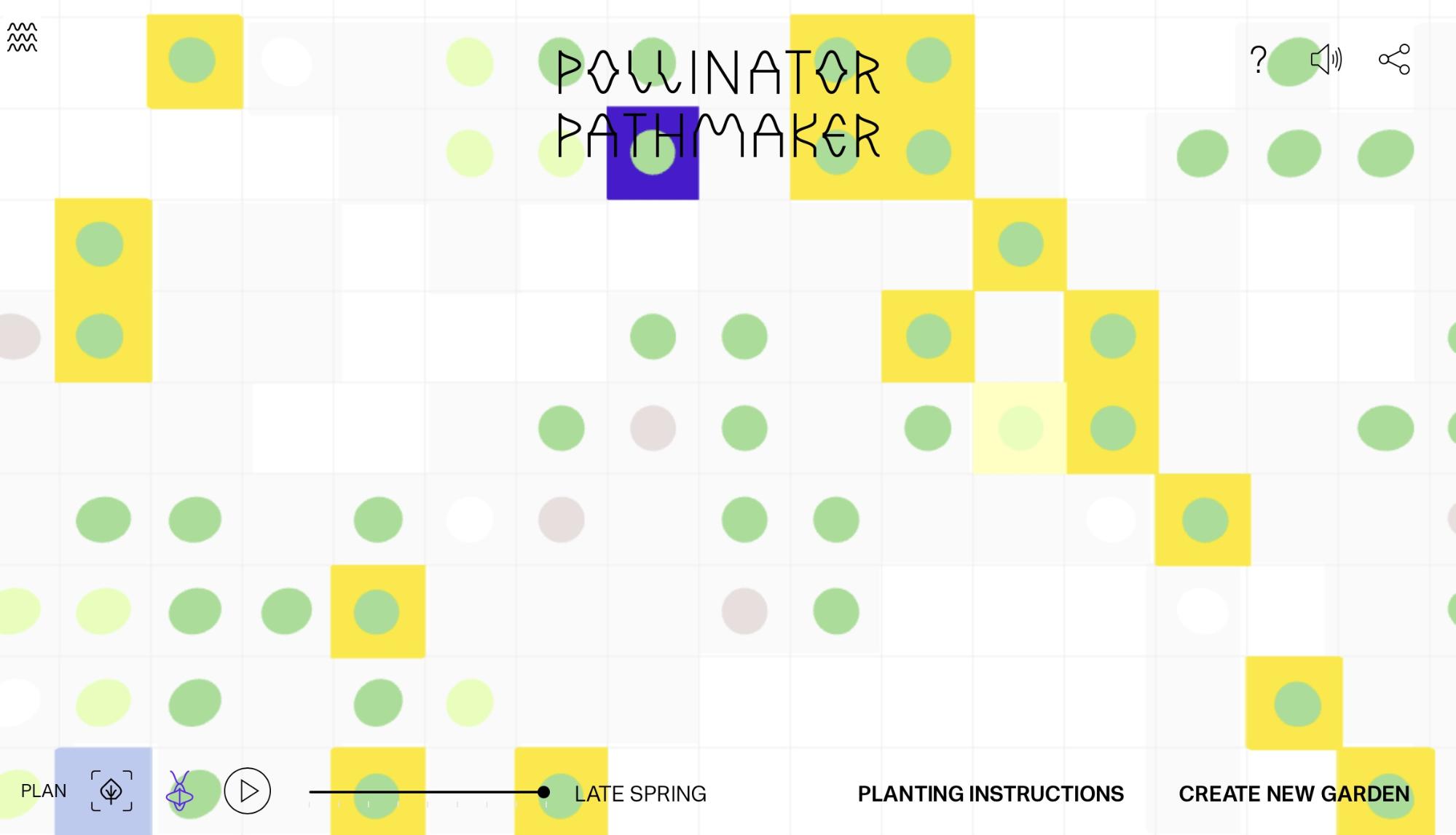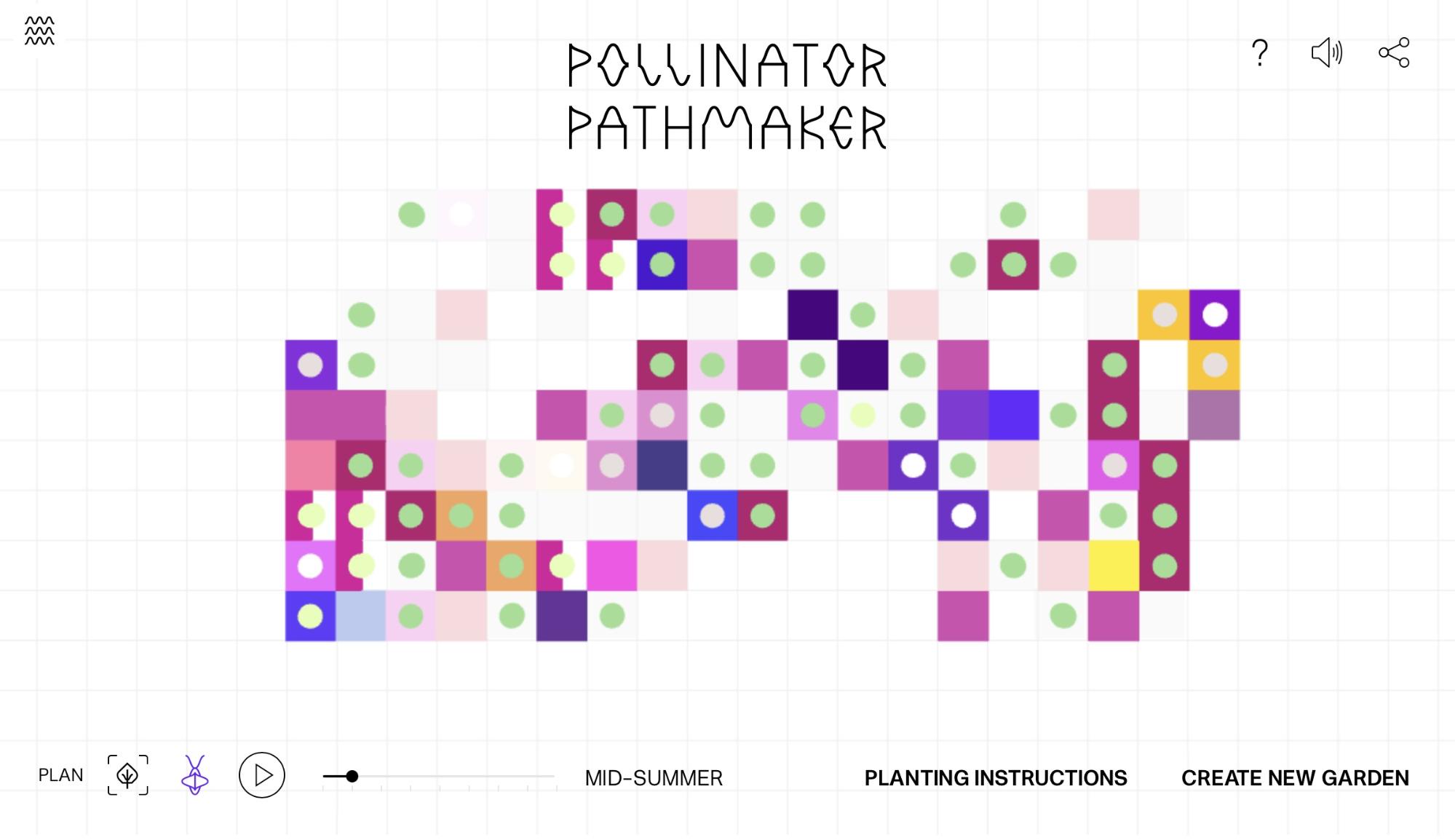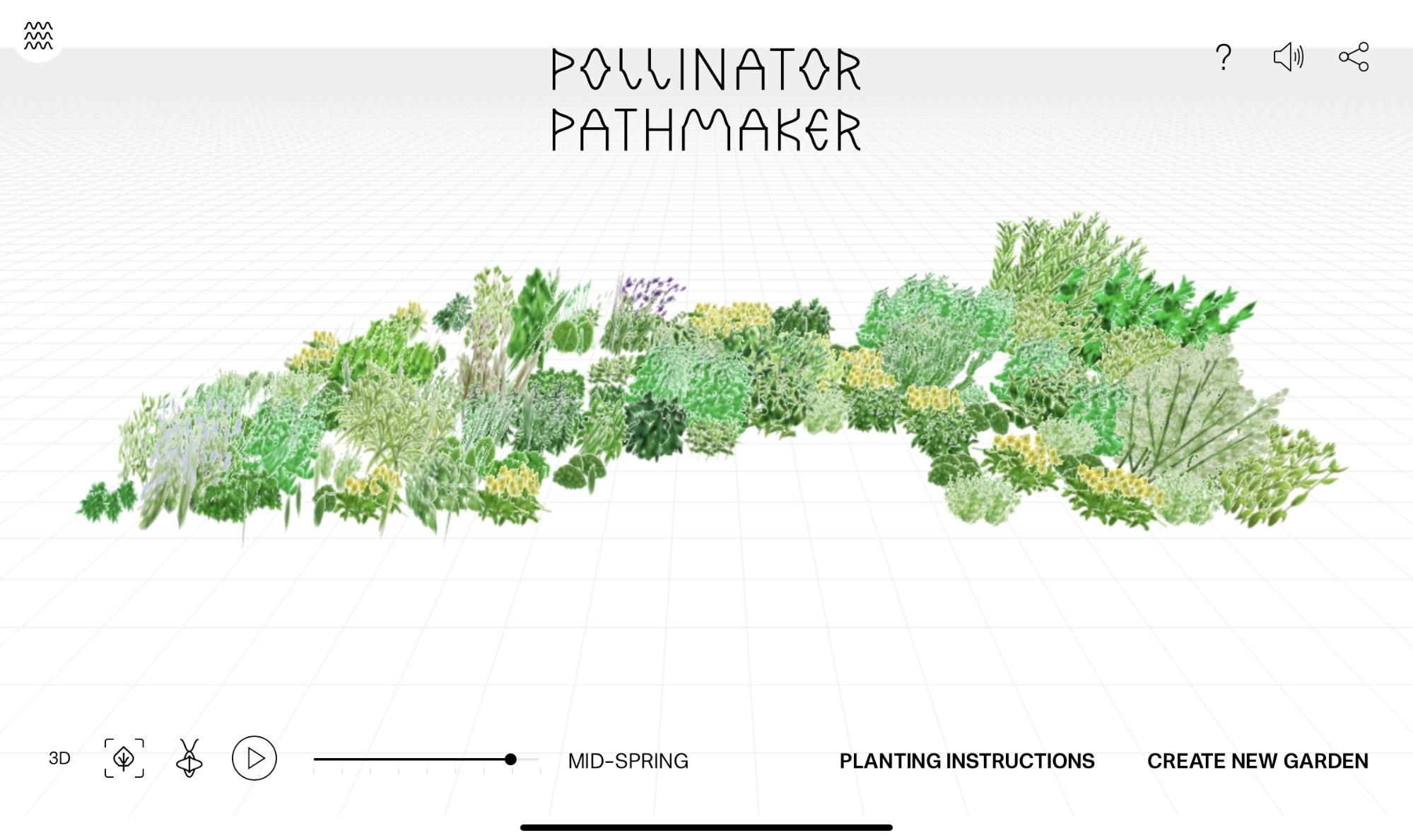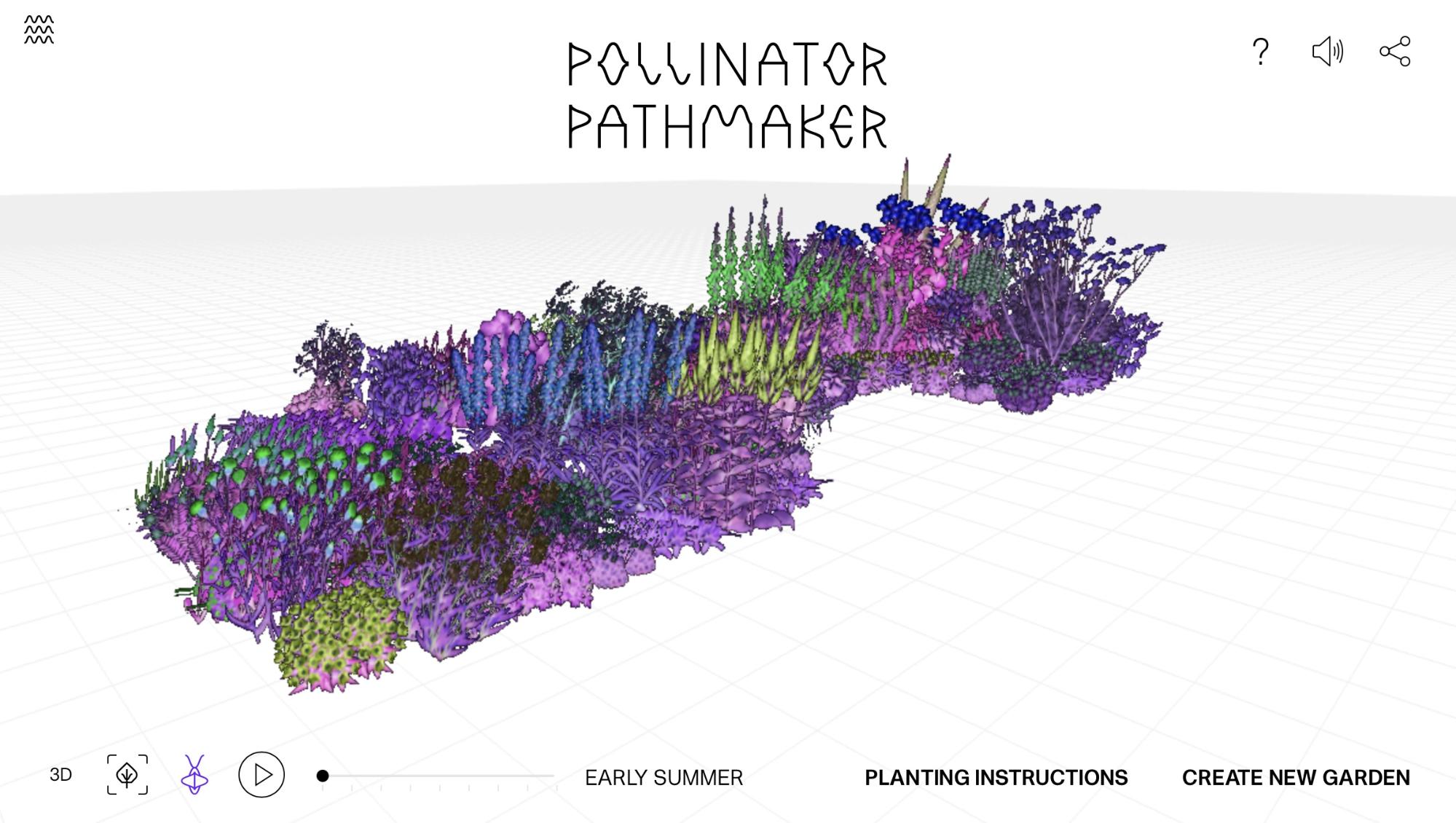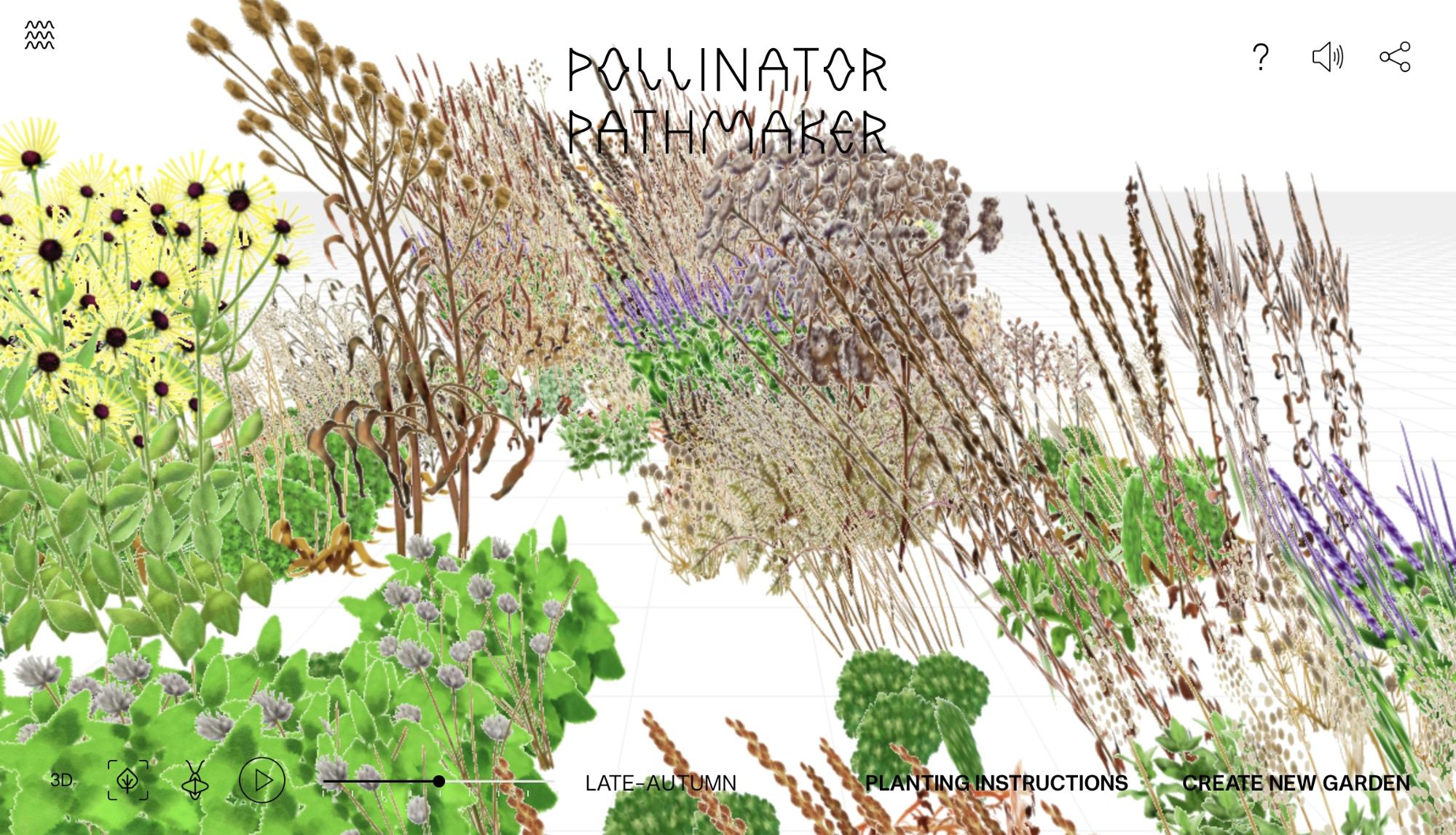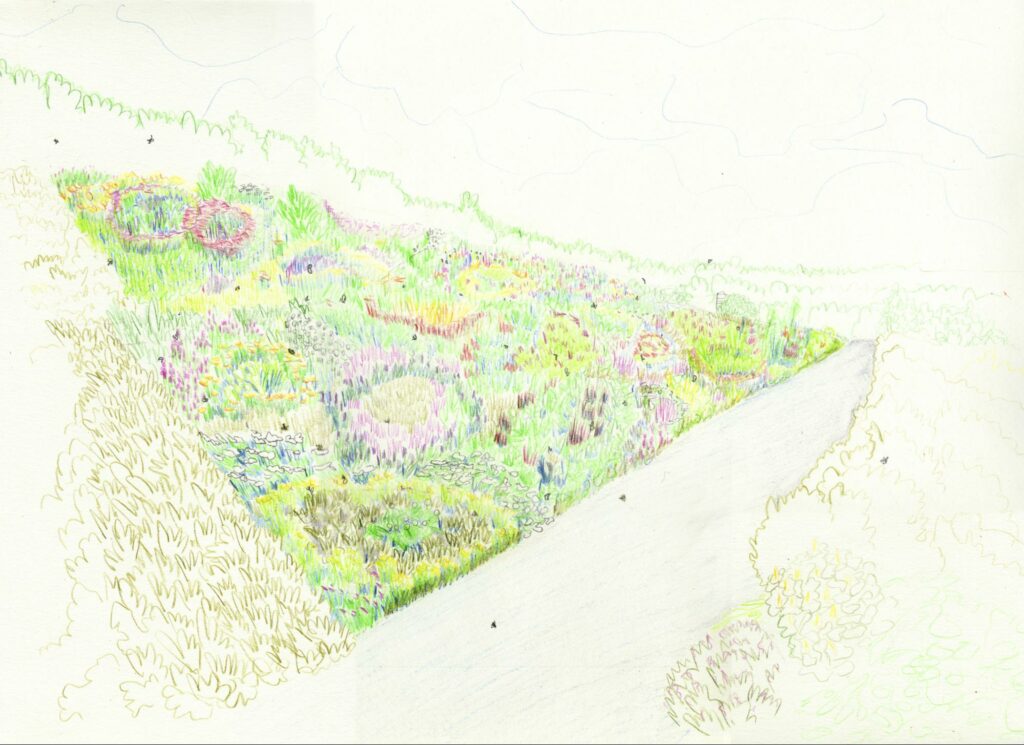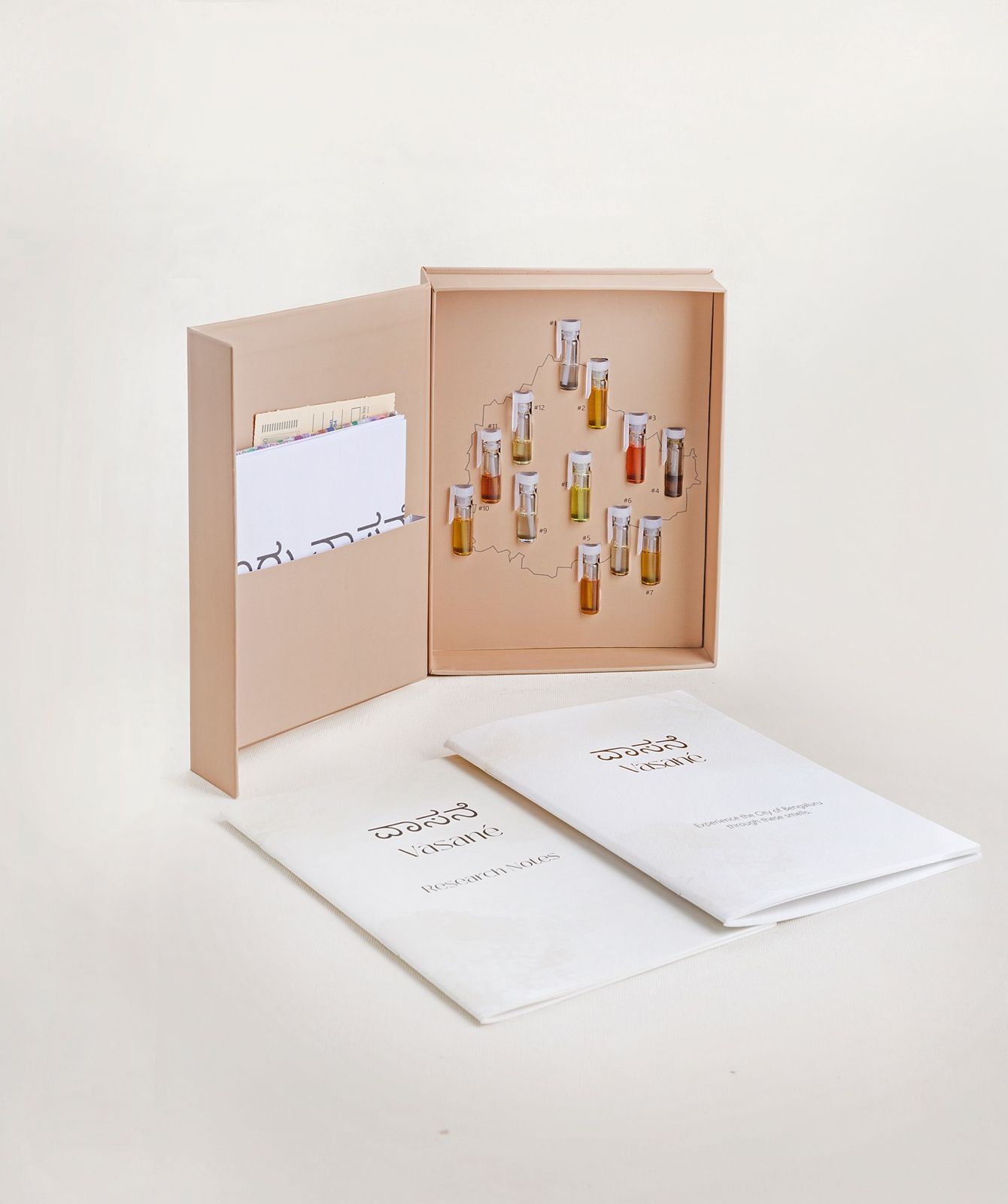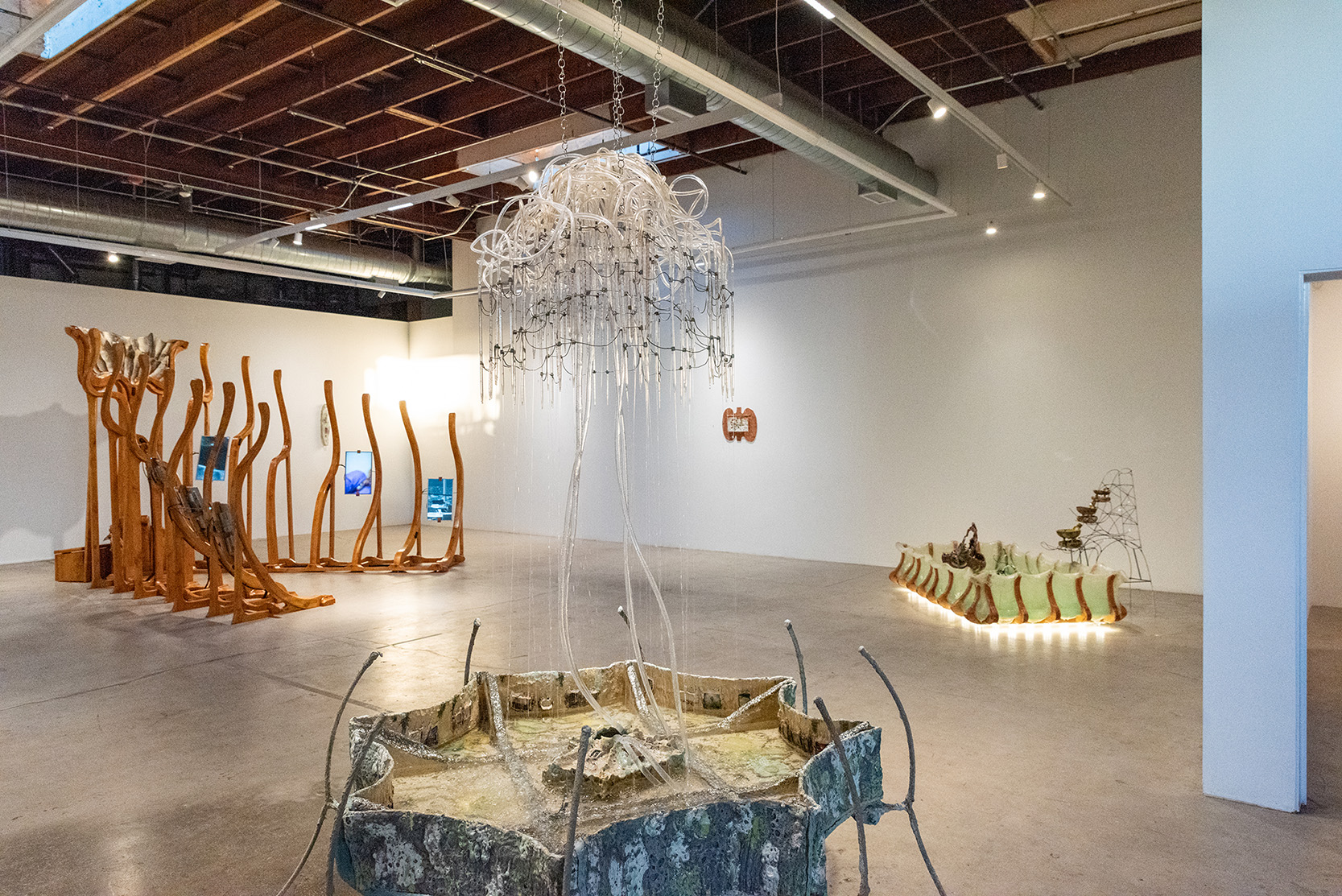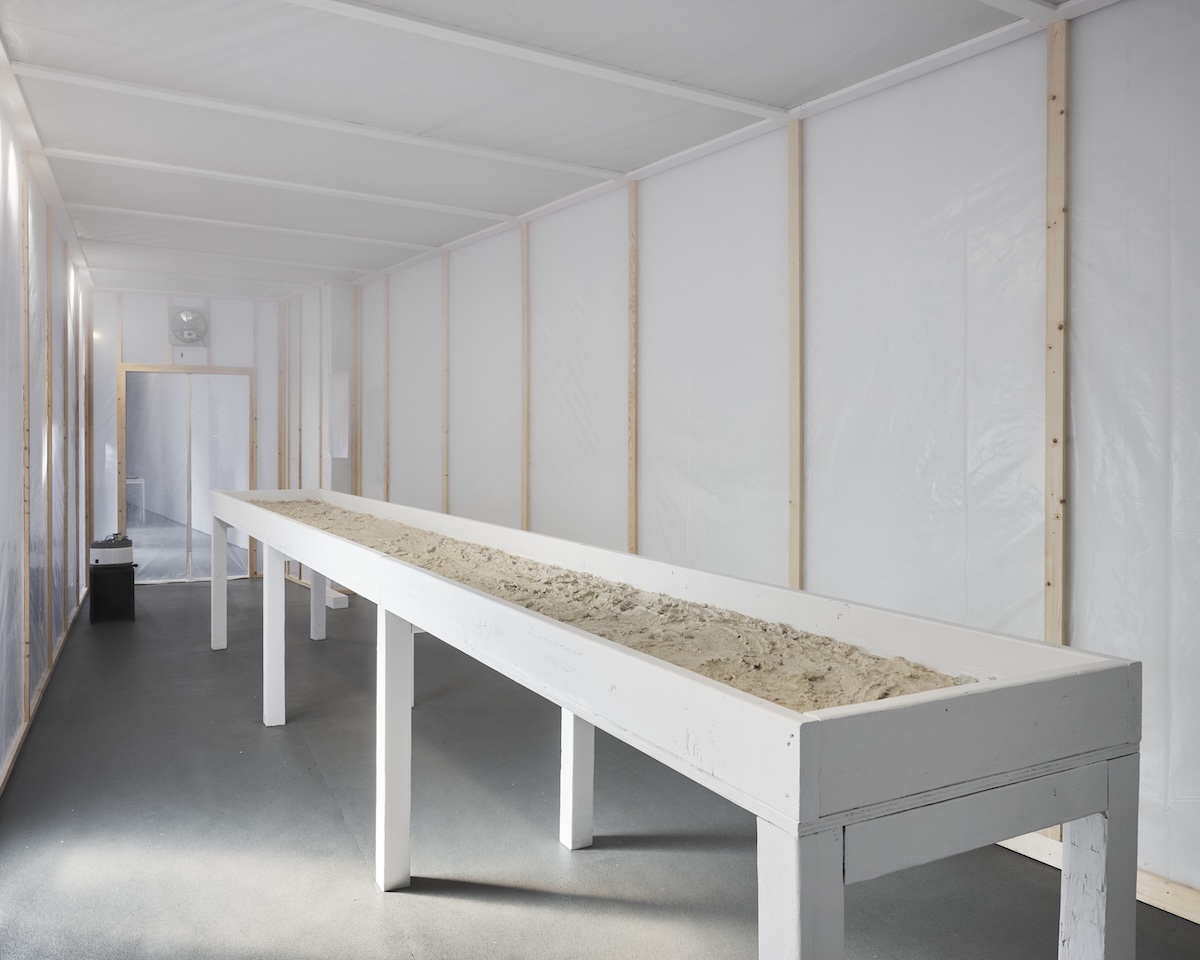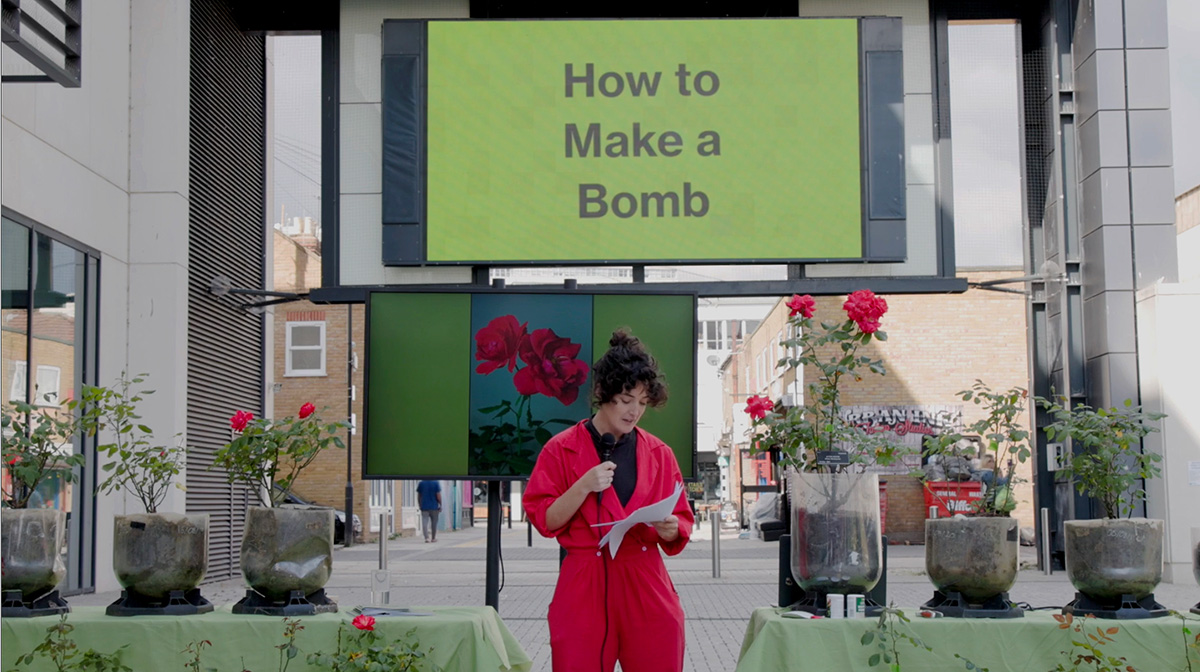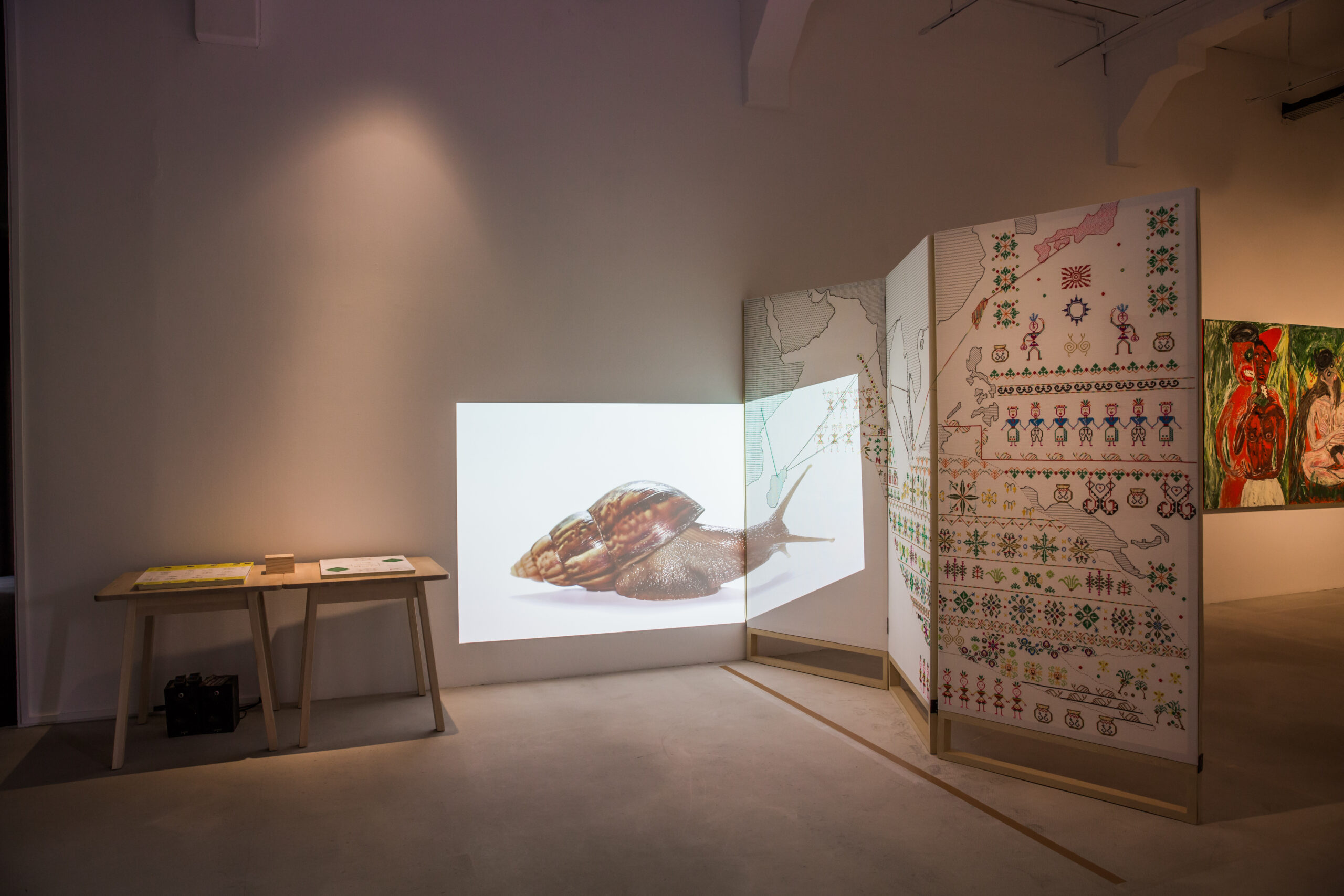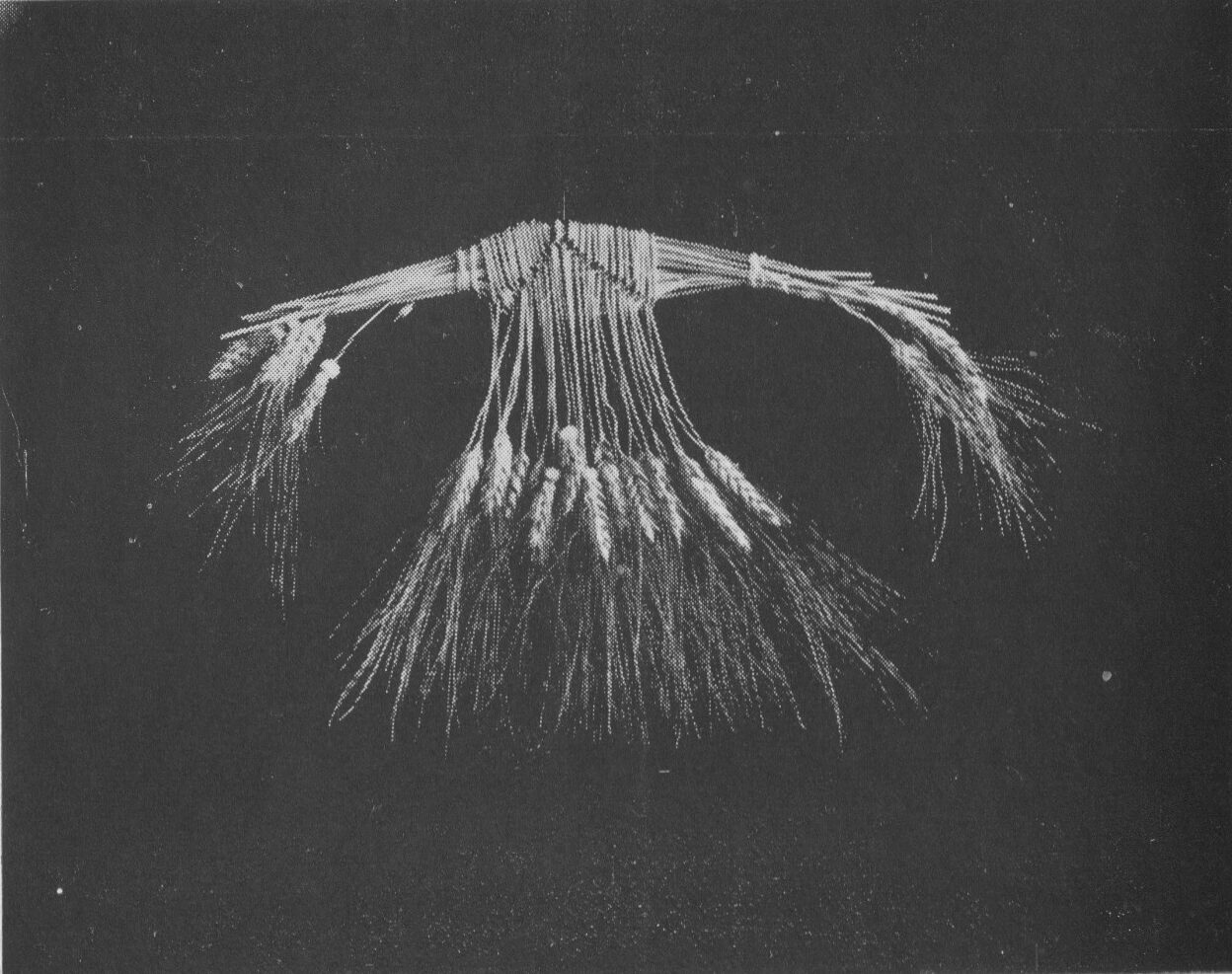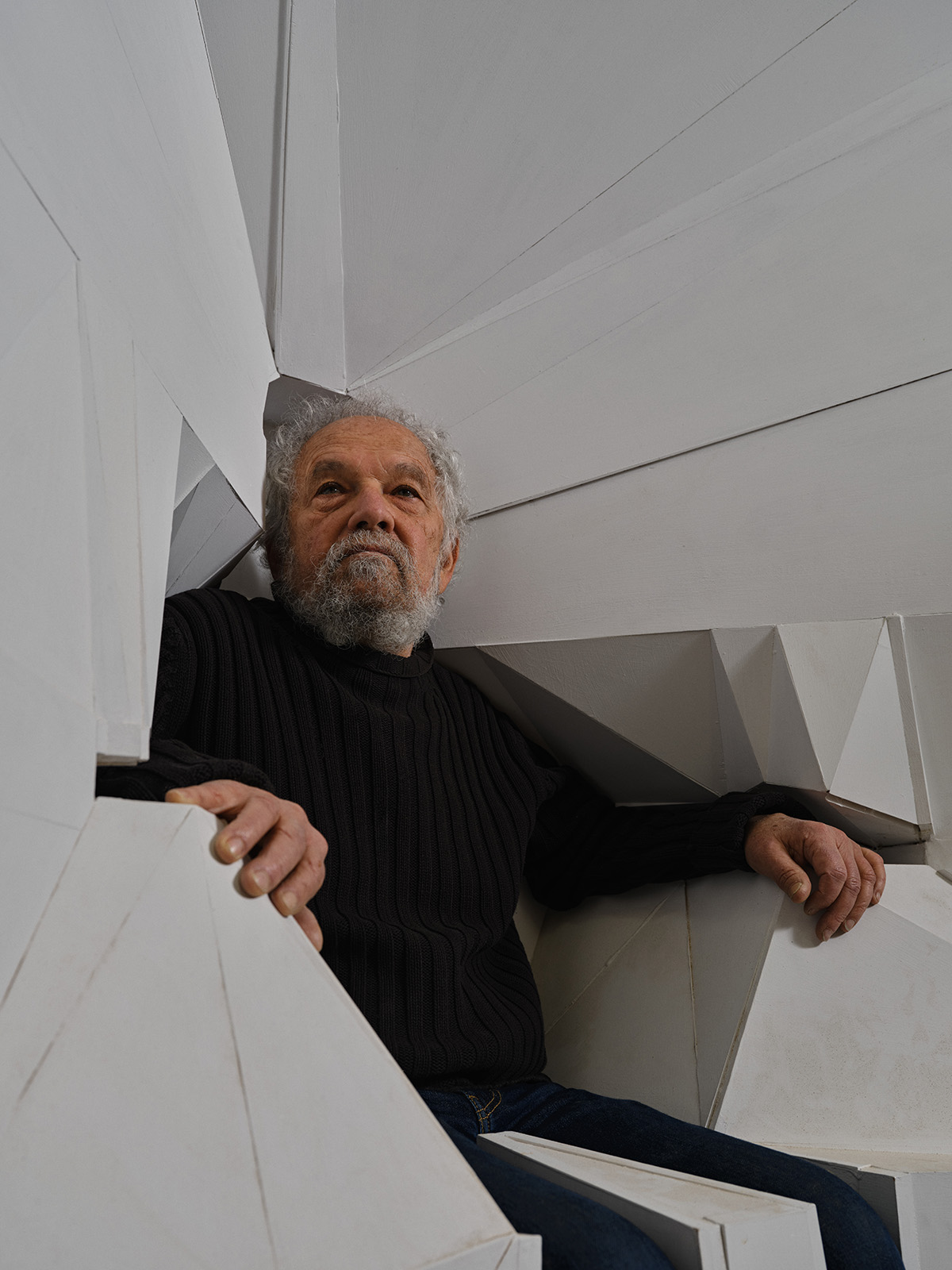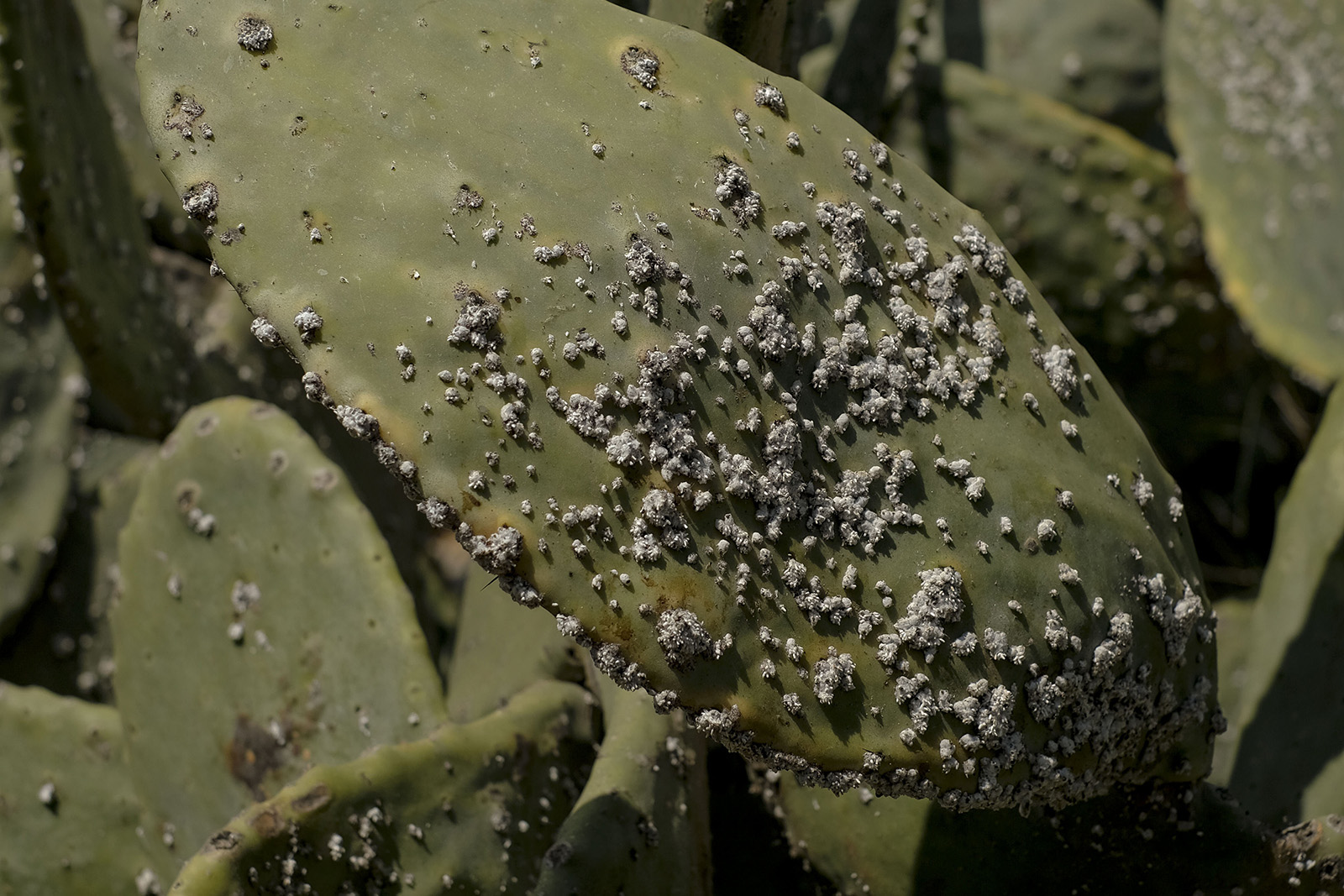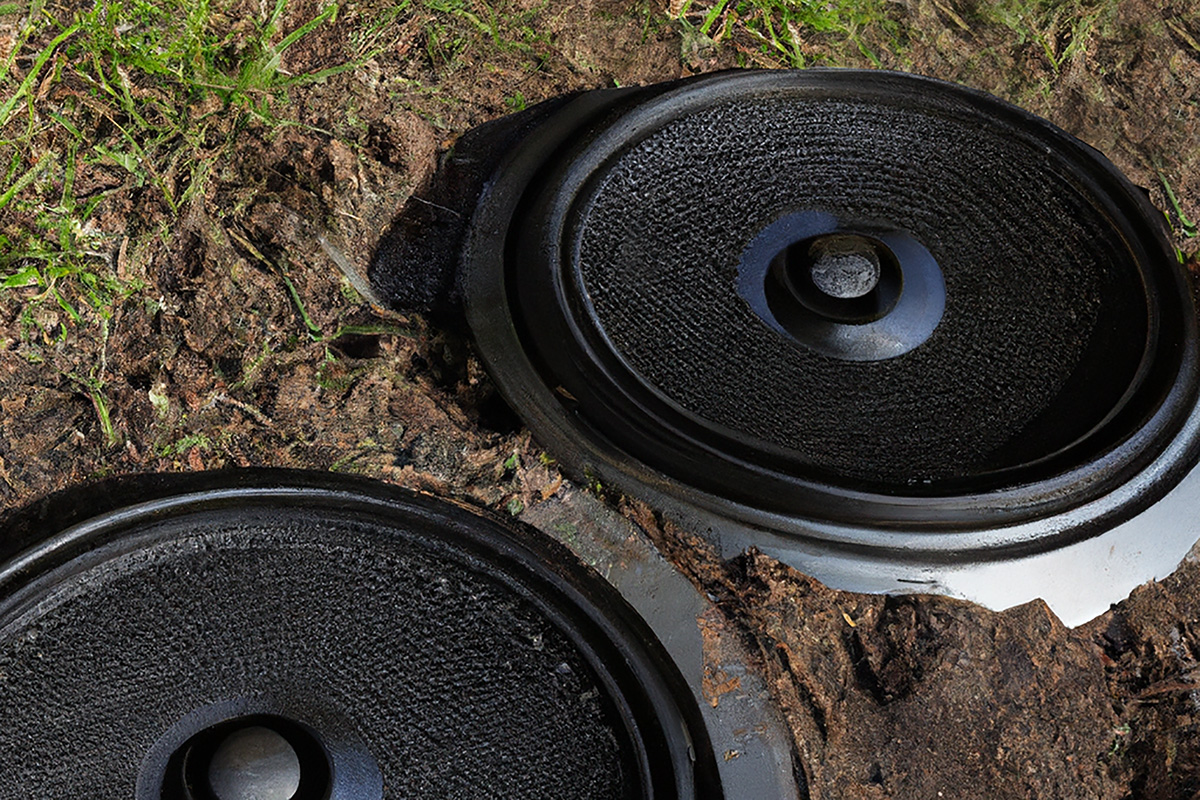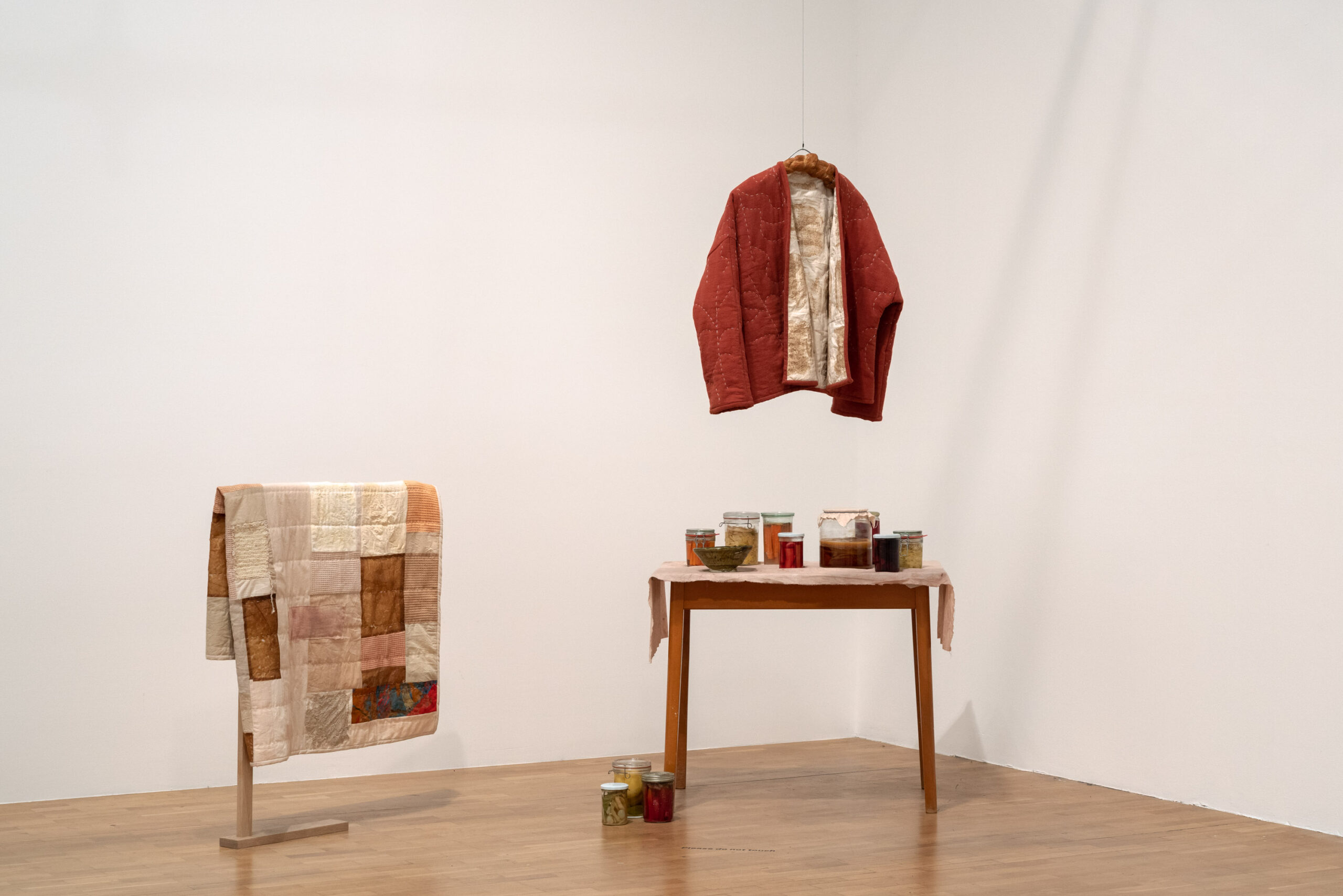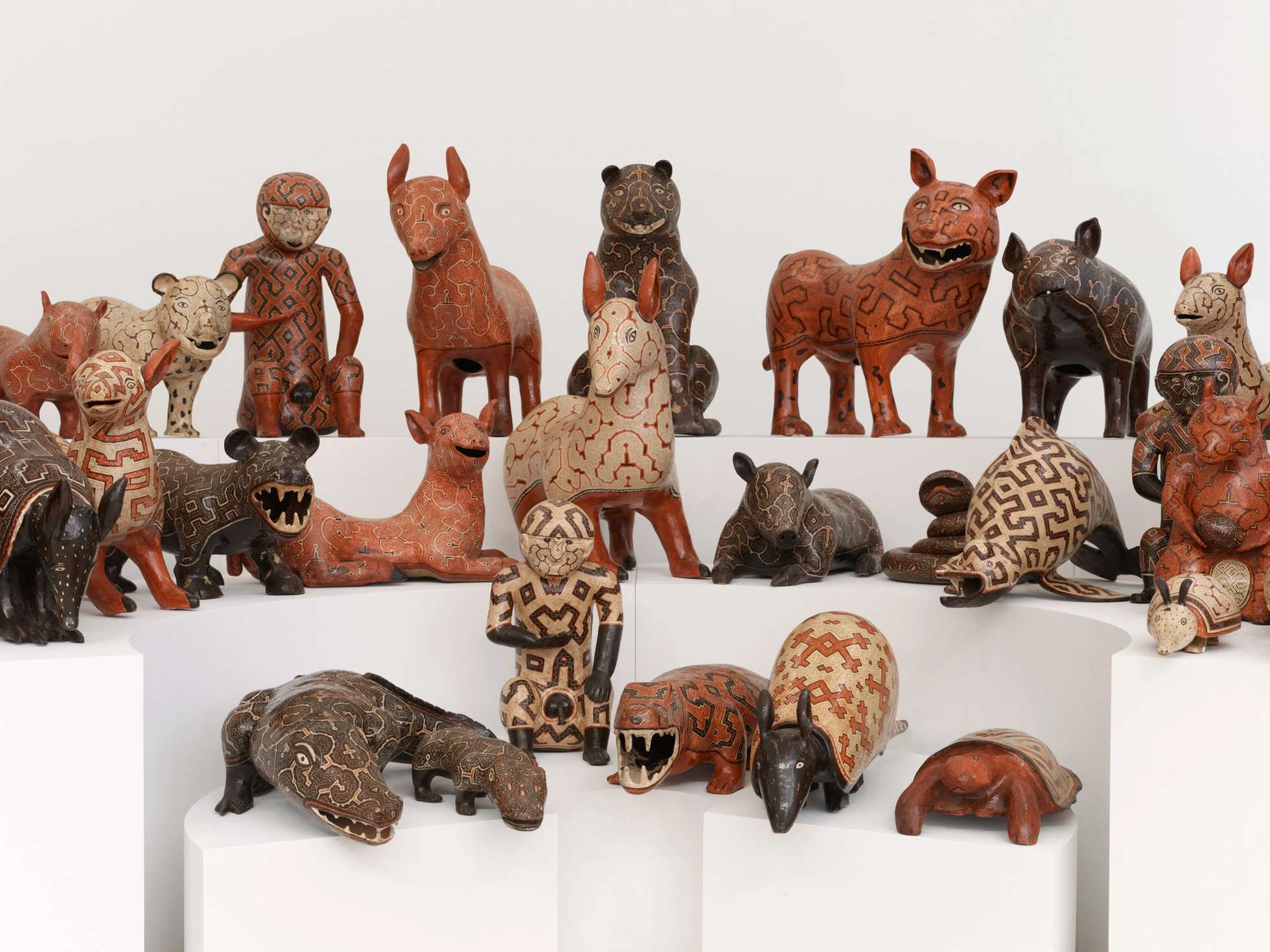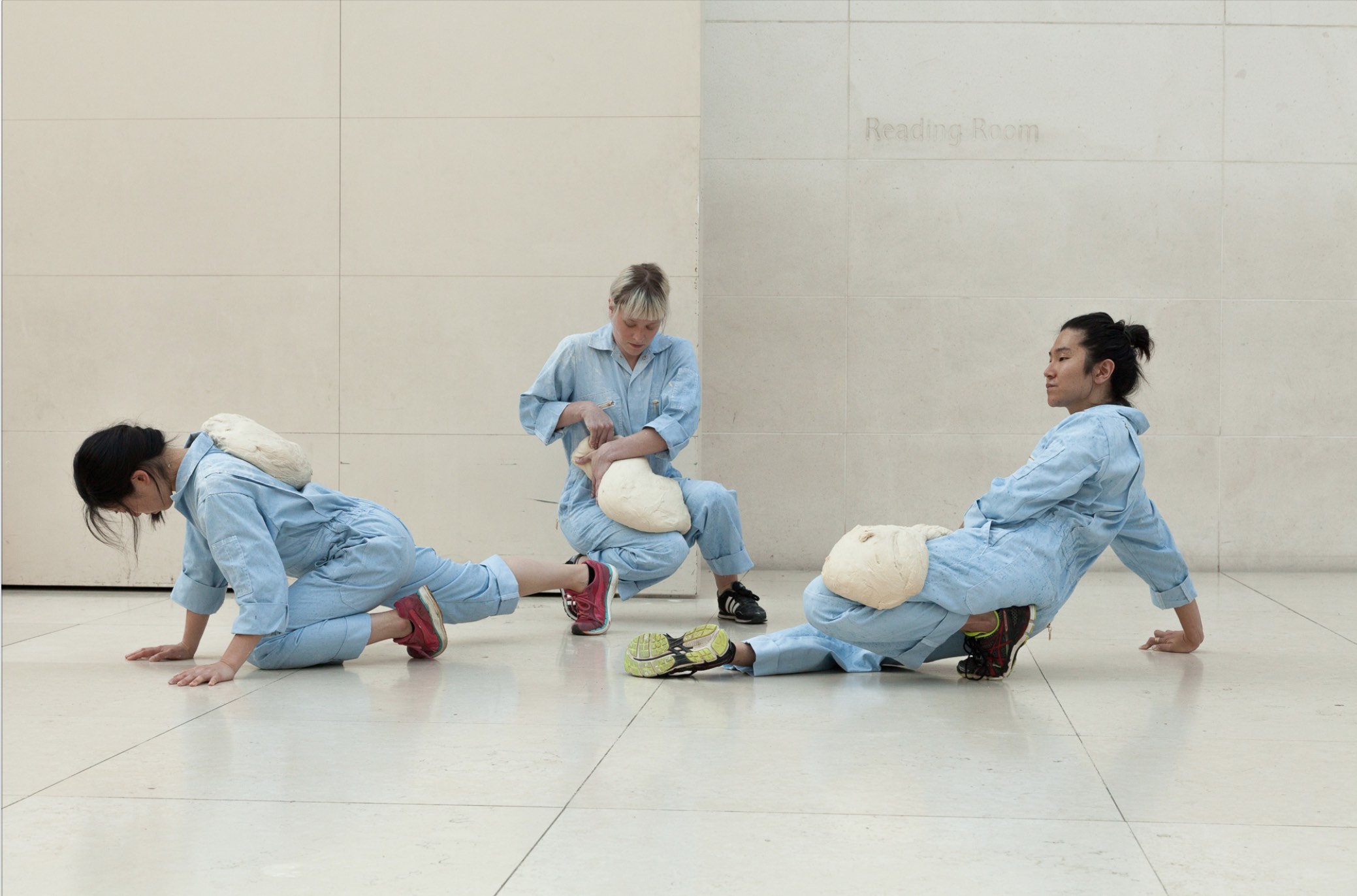For as much as we celebrate the beauty of flowers, it’s likely insects and other pollinating species appreciate the ornate aesthetics of flowering plants at least as much, if not more. After all, for who is this floral artistry for, if not the hungry hoverfly or the love-struck moth? The snapdragon, the daisy, the lily and the bellflower have all designed themselves to the tastes of all manner of different pollinators, often to meet the specific interests of one distinguishing species or another. It goes without saying that people too are a part of this sensory relationship but admittedly, I reserve far more affection for the orchid than for the wasp it is performing for.
If the mass die-off of insects in recent decades is any indication, it may not be just me who hasn’t been giving pollinators the credit they’re due. Which is why artist Dr. Alexandra Daisy Ginsberg is making visible the interests of pollinators in the UK and Europe. With the help of many experts including horticulturalists, pollinator experts, and an AI scientist, Ginsberg created Pollinator Pathmaker, a digital tool for designing spaces with the tastes of pollinating insects in mind. More than a garden building application, the Pathmaker’s algorithm offers the possibility to customize your garden’s “empathy” for other species, thus aiming to generate unique works of art for other species. “We’re creating a digital artwork made from living plants, exploring how the audience of an artwork can be more-than-human, and asking how art can be useful in the ecological crisis,” says Ginsberg.
Like any art lover, native pollinating species have their particular tastes and respond to species that look, taste, and by many different more-than-human measurements, appear interesting. Primarily, the project assumes a pollinator-centric perspective and to make sure these garden-based works of art are actually interesting to pollinating insects, Ginsberg utilizes an algorithm that factors in a range of variables like soil type and acidity, climate zone, size and shape of garden space, and exposure to sunlight. To make it distinct, the interface allows the user to adjust how many species, the complexity of patterns, and the type of pathways that the garden offers to pollinators.
In order to illustrate the many visual possibilities of these art works, Dr. Ginsberg created hundreds of paintings to represent these more-than-human spaces. The project was commissioned by the Eden Project in Cornwall, England as a part of their Create A Buzz program which was set up to help educate people on the role of pollinators, their shocking decline, and the ways that we might mitigate further devastation. Working with the Eden Project’s many horticulturists and scientists and machine-learning expert and string theory physicist, Dr. Przemek Witaszczyk, they were able to build an algorithm that is tuned to the needs of pollinators local to the UK, and Northern and Central Europe. While the website was developed by The Workers studio and the visual identity was created by Studio Frith.
The result of Dr. Ginsberg’s project is a generative work of art that lives in digital and physical space. In addition to the web tool, Edition Garden 1 will appear as a permanent installation at the Eden Project in Cornwall, to be unveiled this coming Spring, and further Edition Gardens generated from the project are available to commission. The first edition will feature more than 64 different plant species to invite a wide variety of butterflies, moths, beetles, flies, bees, and other pollinators. “I want to make an artwork for pollinators, not about them.” Says Dr. Ginsberg. By doing so, Dr. Ginsberg demonstrates not only how designers and artists can create from a more-than-human perspective, but also as the pollinators, plants and fungi begin to creep into the garden we are able to watch as a work of art might serve as the foundation for making with other species.
It is art and design that looks beyond the human-centric position, and collaborates with the more-than-human that offers us a glimpse of what living outside of the ecologically devastating systems of cultivation and growth might look like. Flowers like the Bee Orchid, a flower that looks like a species of bee that does not exist anymore, are on a growing list of species that contain in their beauty the echoes of species lost to exploitative agricultural practices. The Pollinator Pathmaker project and the many garden artworks it may generate can serve as an example to those seeking to design with perspectives beyond the human. And maybe as we start to see that the fly or beetle sees the same beauty in the garden as we do, it may not be so hard to see why we’re better off with them around.
